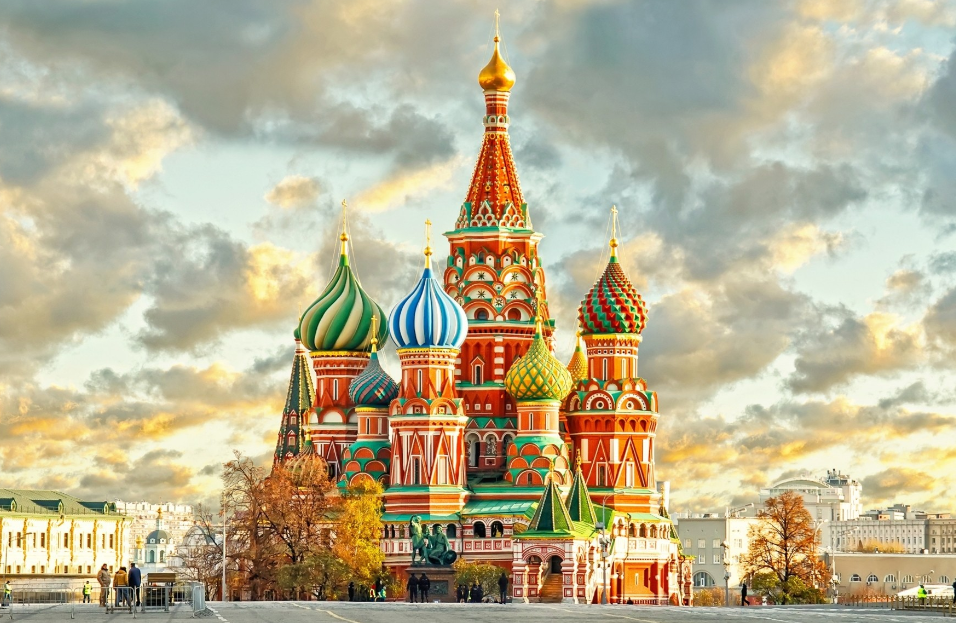The Kremlin is one of the most recognizable and iconic landmarks in Russia. This historic fortress, located in the heart of Moscow, has served as a political, cultural, and religious center for centuries. In this article, we will explore the history, architecture, and significance of Russia's National Monument, as well as answer some common questions about this national monument.
History of Russia National Monument
Early History
The earliest records of a settlement on the site of the Kremlin date back to the 12th century. At this time, the area was a small hill known as Borovitsky Hill, which overlooked the Moskva River. The first fortifications were built in the late 12th century to protect the growing city of Moscow from raids by neighboring tribes.
Medieval Period
During the medieval period, the Kremlin served as the residence of the Grand Prince of Moscow and later the Tsars. Over the centuries, the fortress was expanded and renovated, with new walls, towers, and buildings added to accommodate the growing needs of the royal court.
Imperial Russia
In the 18th and 19th centuries, the Kremlin underwent a major renovation under the direction of the famous Italian architect, Domenico Trezzini. During this time, many of the older buildings were demolished and replaced with new ones, including the Grand Kremlin Palace and the Arsenal.
Soviet Era
During the Soviet era, the Kremlin became the headquarters of the Communist Party and the center of Soviet power. Many of the historic buildings were repurposed for government offices, while others were converted into museums and monuments.
Post-Soviet Russia
Since the collapse of the Soviet Union in 1991, the Kremlin has remained the seat of power in Russia. Today, it serves as the residence of the President of the Russian Federation and houses the offices of the Russian government.
The architecture of Russia National Monument
The Walls and Towers
The Kremlin is surrounded by a thick, red brick wall that stretches for over 2 kilometers and is punctuated by 20 towers. The walls were built in the 15th century and are up to 19 meters high and 3.5 meters thick.
The Cathedrals
The Kremlin contains several historic cathedrals, including the Cathedral of the Dormition, which was built in the 15th century and served as the coronation church of the Russian Tsars. Other cathedrals include the Cathedral of the Archangel, which contains the tombs of many Tsars and Grand Princes, and the Cathedral of the Annunciation, which was used for royal weddings and baptisms.
The Palace
The Grand Kremlin Palace is the largest and most opulent building in the Kremlin. It was built in the 19th century and served as the residence of the Tsars and later the Soviet leaders. Today, it is used for official state receptions and ceremonies.
The Arsenal
The Kremlin Arsenal is a vast complex of buildings that houses a collection of historic weapons and military equipment. The Arsenal was built in the 18th century and served as a military storehouse for the Russian army.
Significance of the Russia National Monument
Political Significance
The Kremlin has been the center of political power in Russia for centuries. It served as the residence of the Grand Prince of Moscow and later the Tsars, and today it is the seat of power for the President of the Russian Federation. Many important political events have taken place within its walls, including the signing of treaties and the meeting of heads of state.
Cultural Significance
The Kremlin is also a cultural icon of Russia. Its architecture and design reflect the country's long and complex history, and its cathedrals and palaces are home to some of Russia's most important artistic and cultural treasures. The Kremlin is also home to several museums, including the Armory Museum, which houses a collection of historic Russian artifacts and treasures.
Religious Significance
Finally, the Kremlin has significant religious importance as well. Its cathedrals and churches have played an important role in the religious life of Russia for centuries, serving as the site of coronations, weddings, and other religious ceremonies.
Frequently Asked Questions
- What is the Kremlin?
The Kremlin is a historic fortress and political center located in the heart of Moscow, Russia.
- When was the Kremlin built?
The earliest fortifications on the site of the Kremlin were built in the late 12th century, and it has been expanded and renovated many times since then.
- What is the significance of the Kremlin?
The Kremlin has played an important role in the political, cultural, and religious life of Russia for centuries, serving as the residence of the Tsars and later the President, as well as the site of important political events, cultural treasures, and religious ceremonies.
- Can visitors tour the Kremlin?
Yes, visitors can tour the Kremlin and its many cathedrals, palaces, and museums.
- Is the Kremlin open to the public?
Parts of the Kremlin, including its cathedrals, palaces, and museums, are open to the public for tours.
Conclusion
The Kremlin is more than just a historic fortress and political center. It is a cultural icon of Russia, a repository of the country's long and complex history, and a symbol of its political, cultural, and religious heritage. As such, it is a must-see destination for anyone interested in Russia's rich and fascinating past and present.
References
- Official website of the Moscow Kremlin: https://kremlin.ru/en/
- UNESCO World Heritage Centre: https://whc.unesco.org/en/list/545/
- Russia Beyond: https://www.rbth.com/travel/330824-kremlin-architecture-russia
- Lonely Planet: https://www.lonelyplanet.com/russia/moscow/attractions/kremlin/a/poi-sig/382487/360547
